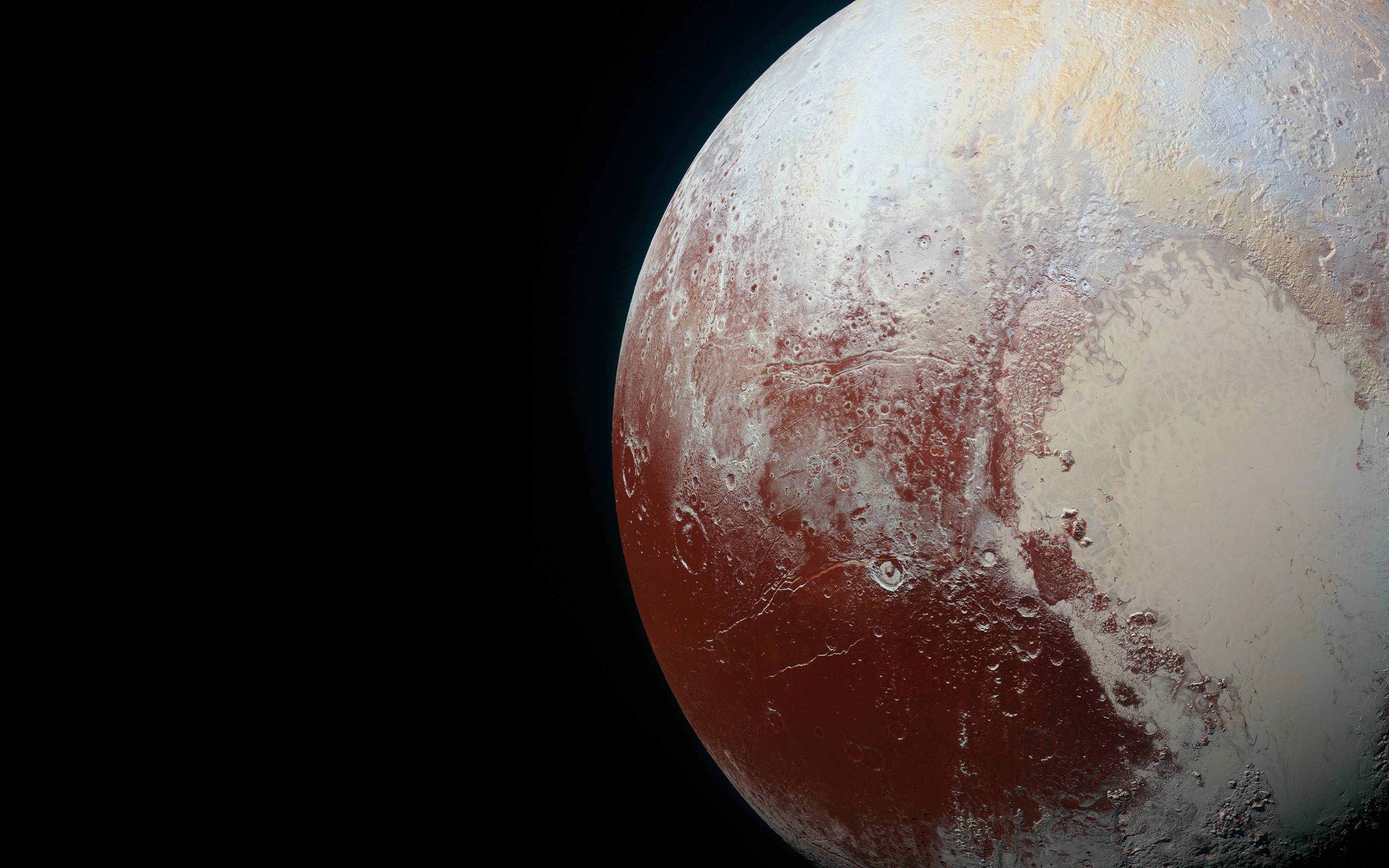
Pluto
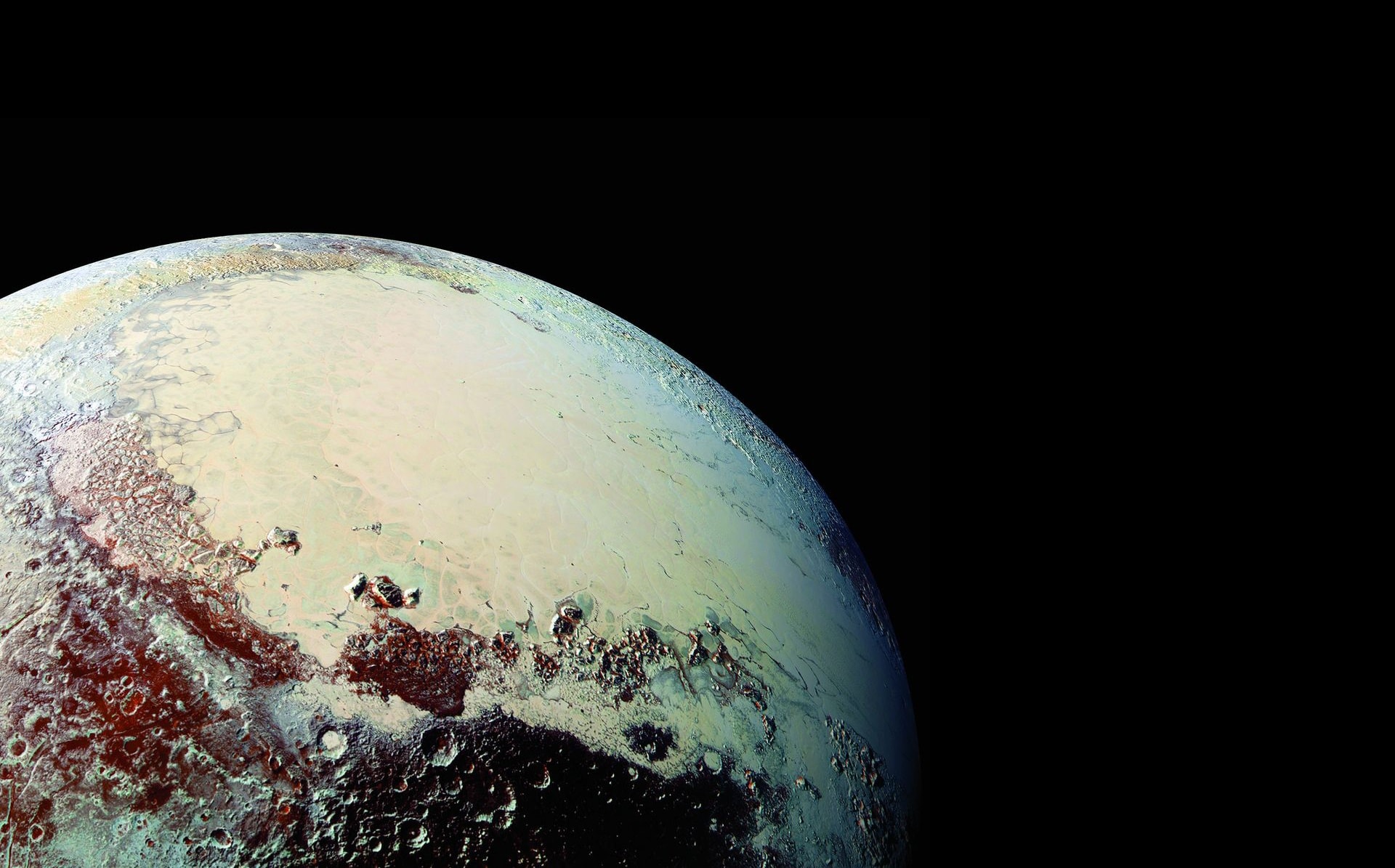

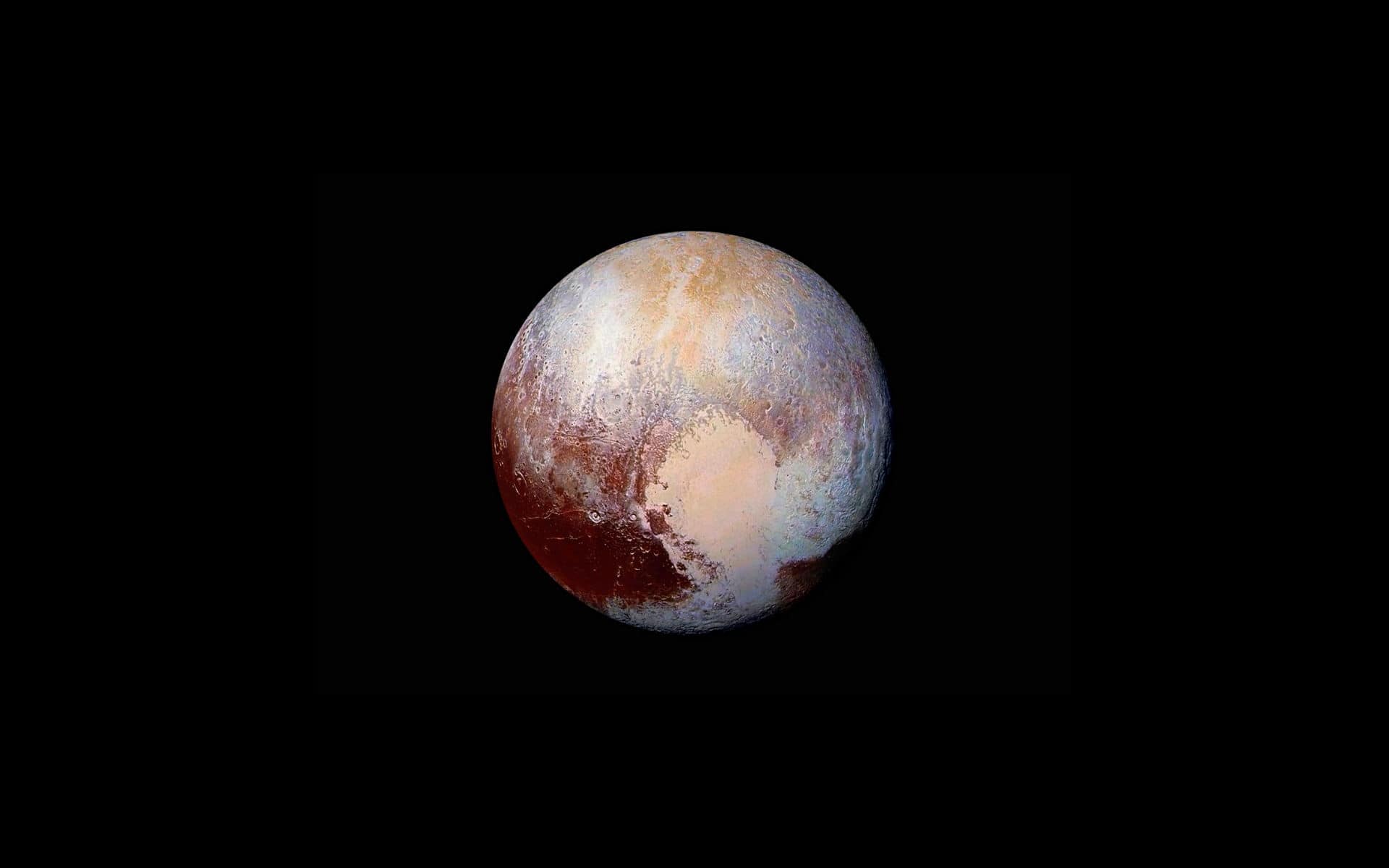
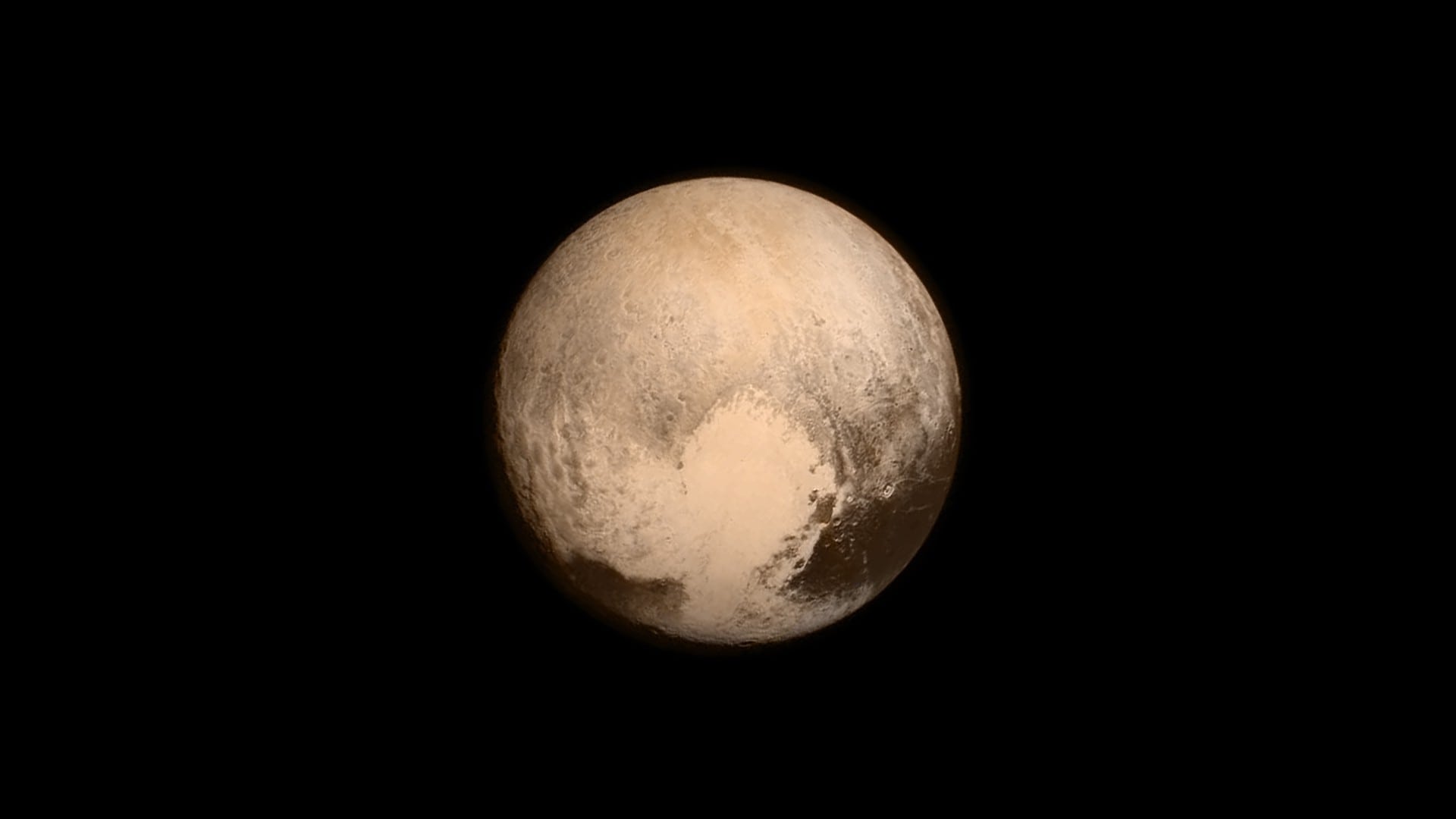

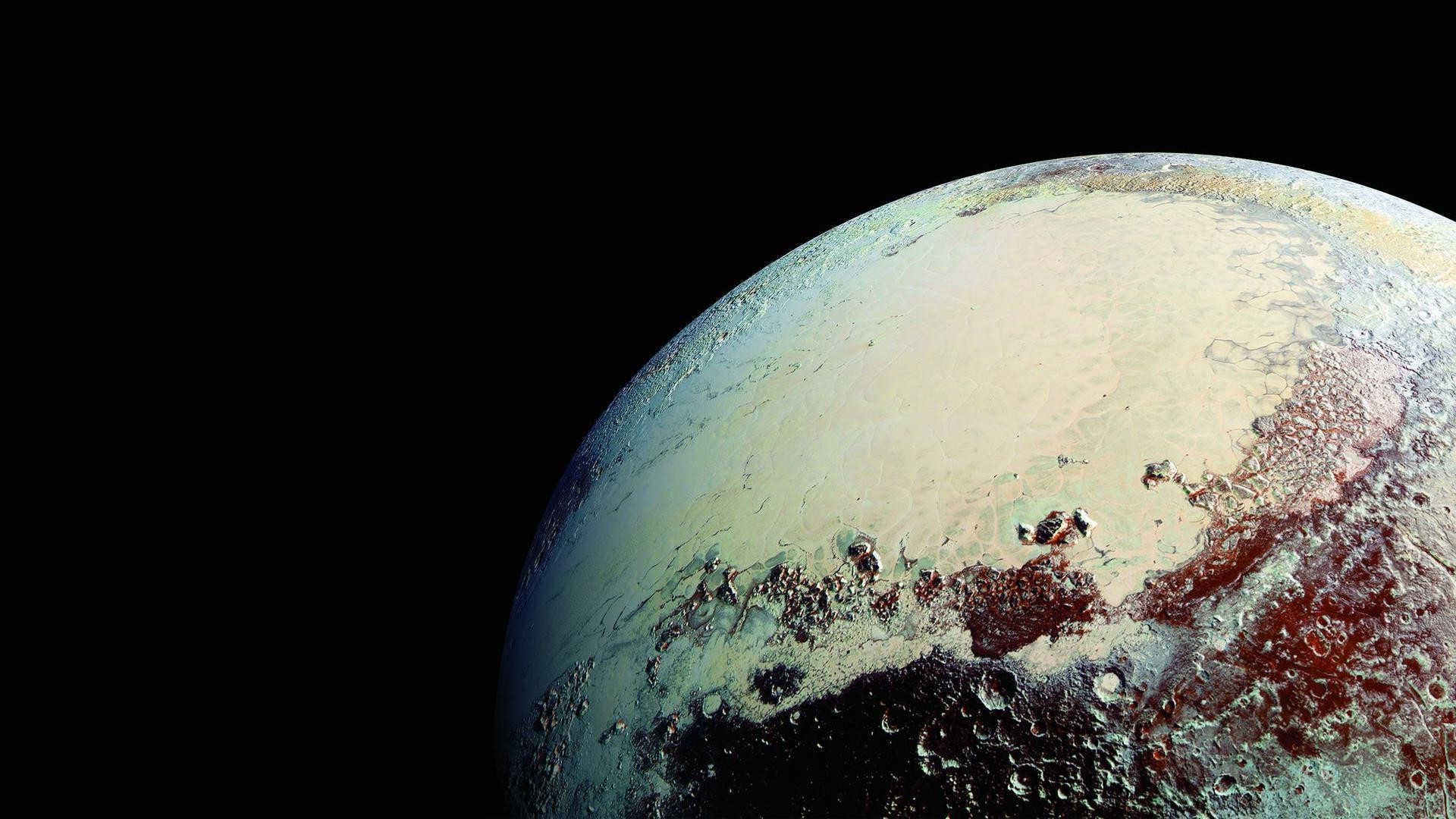
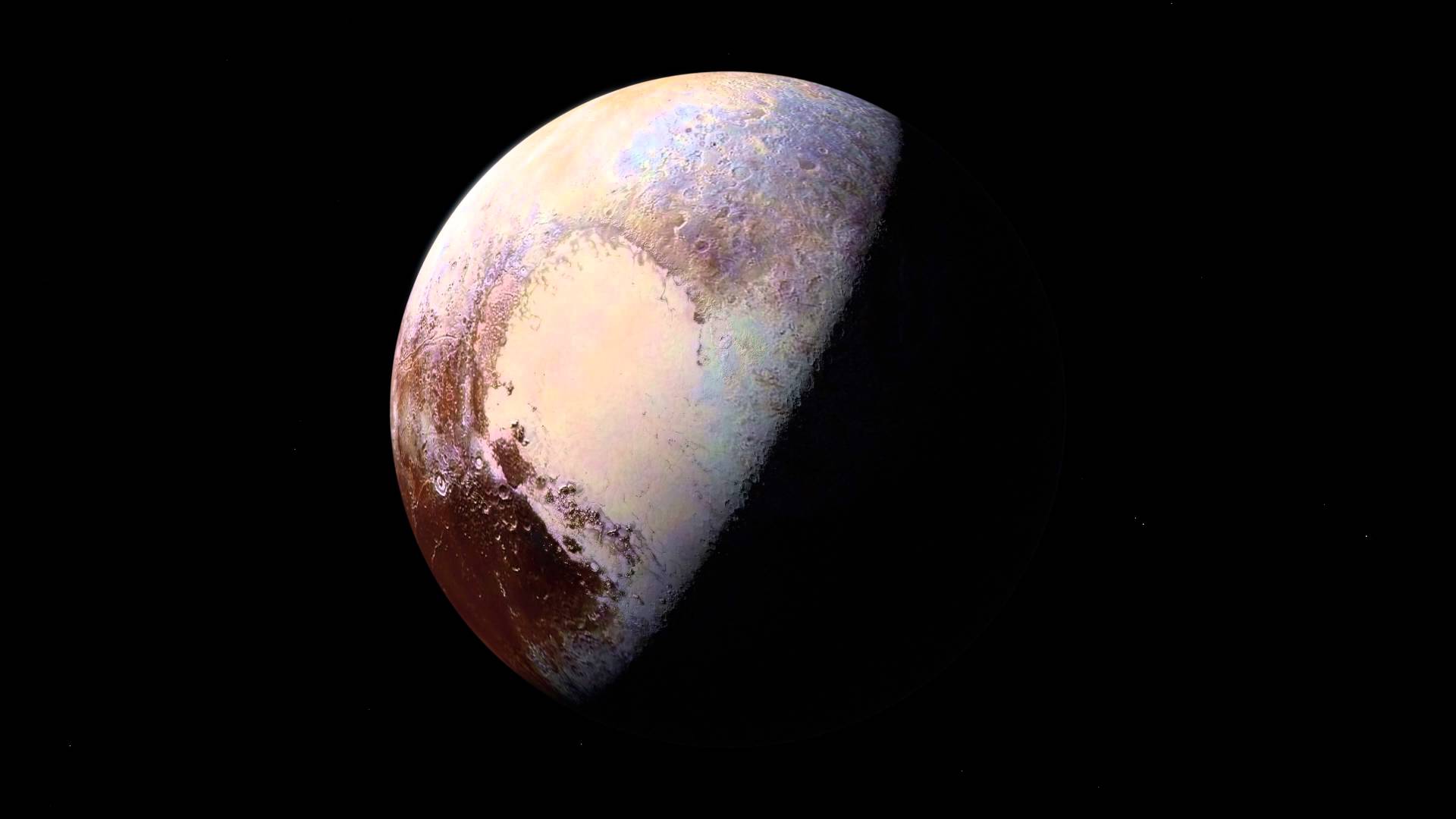
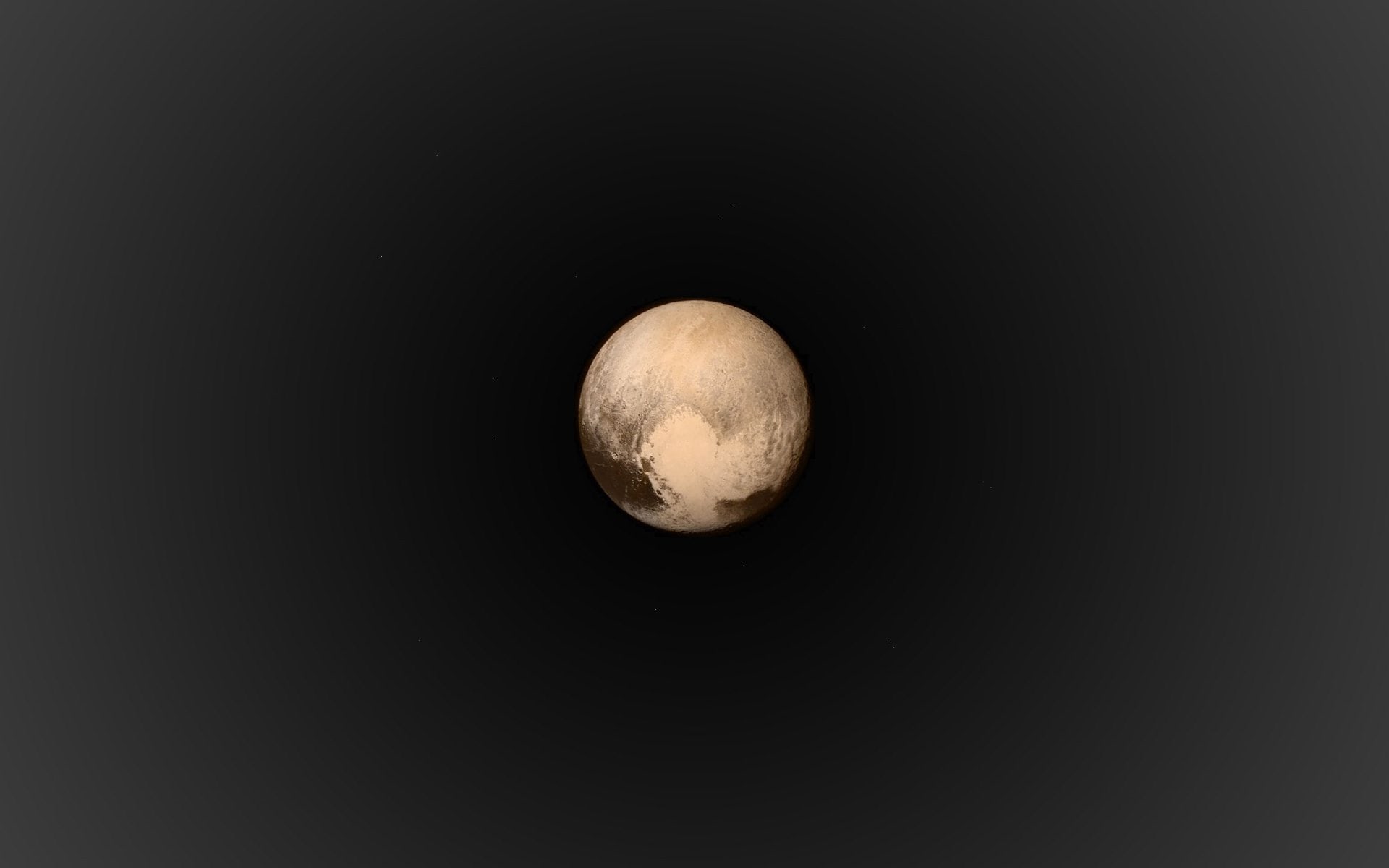

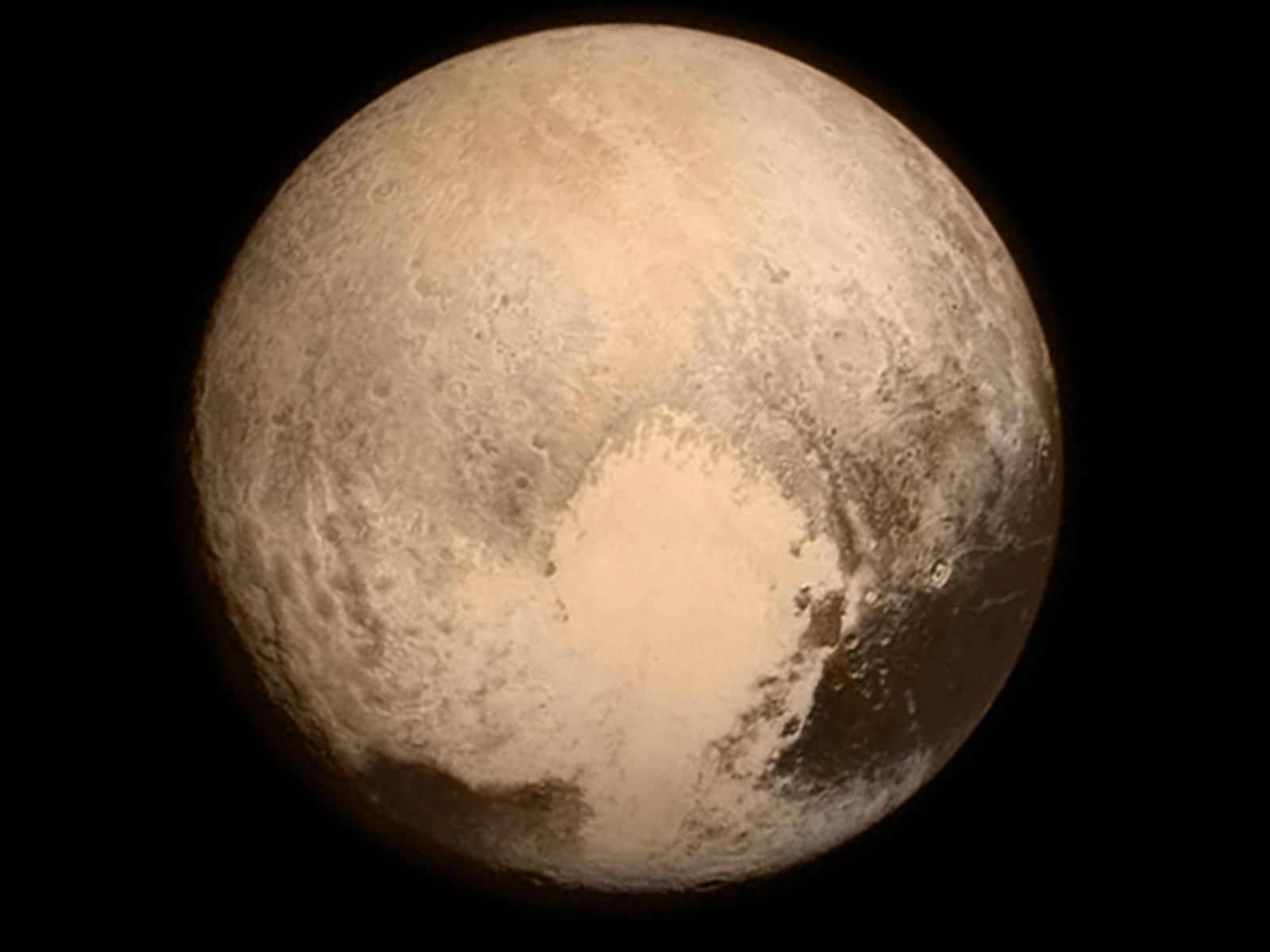




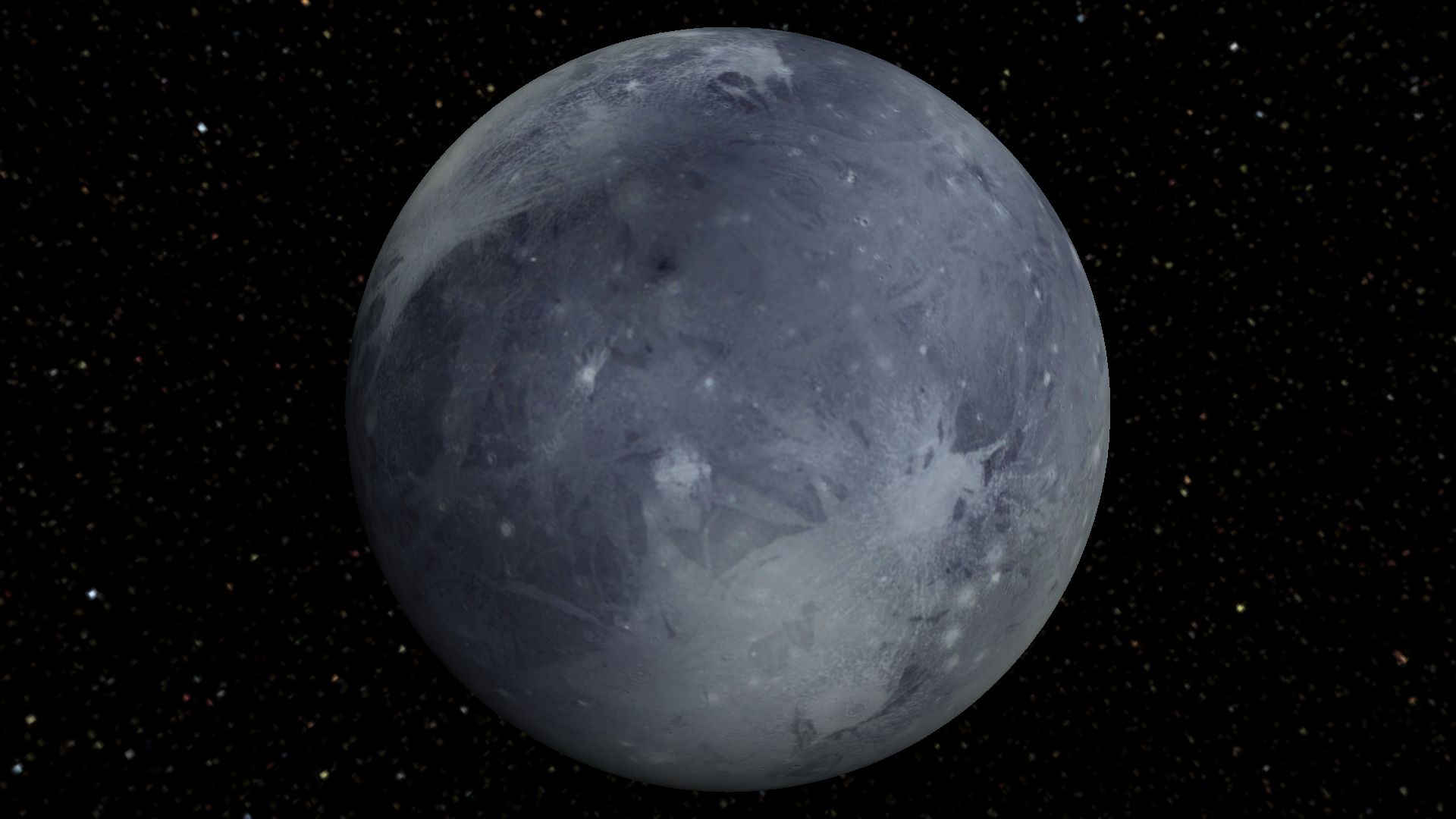

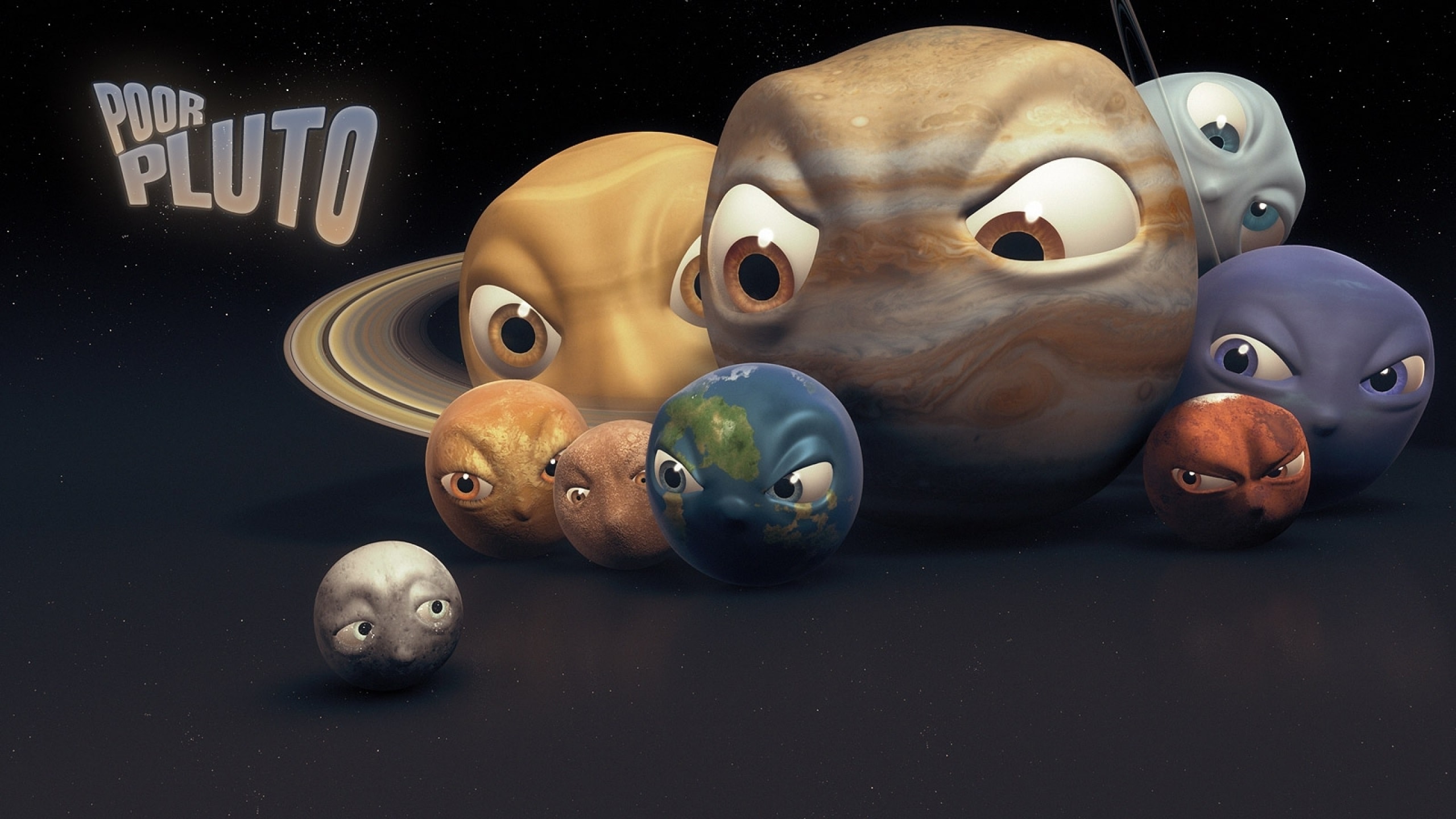
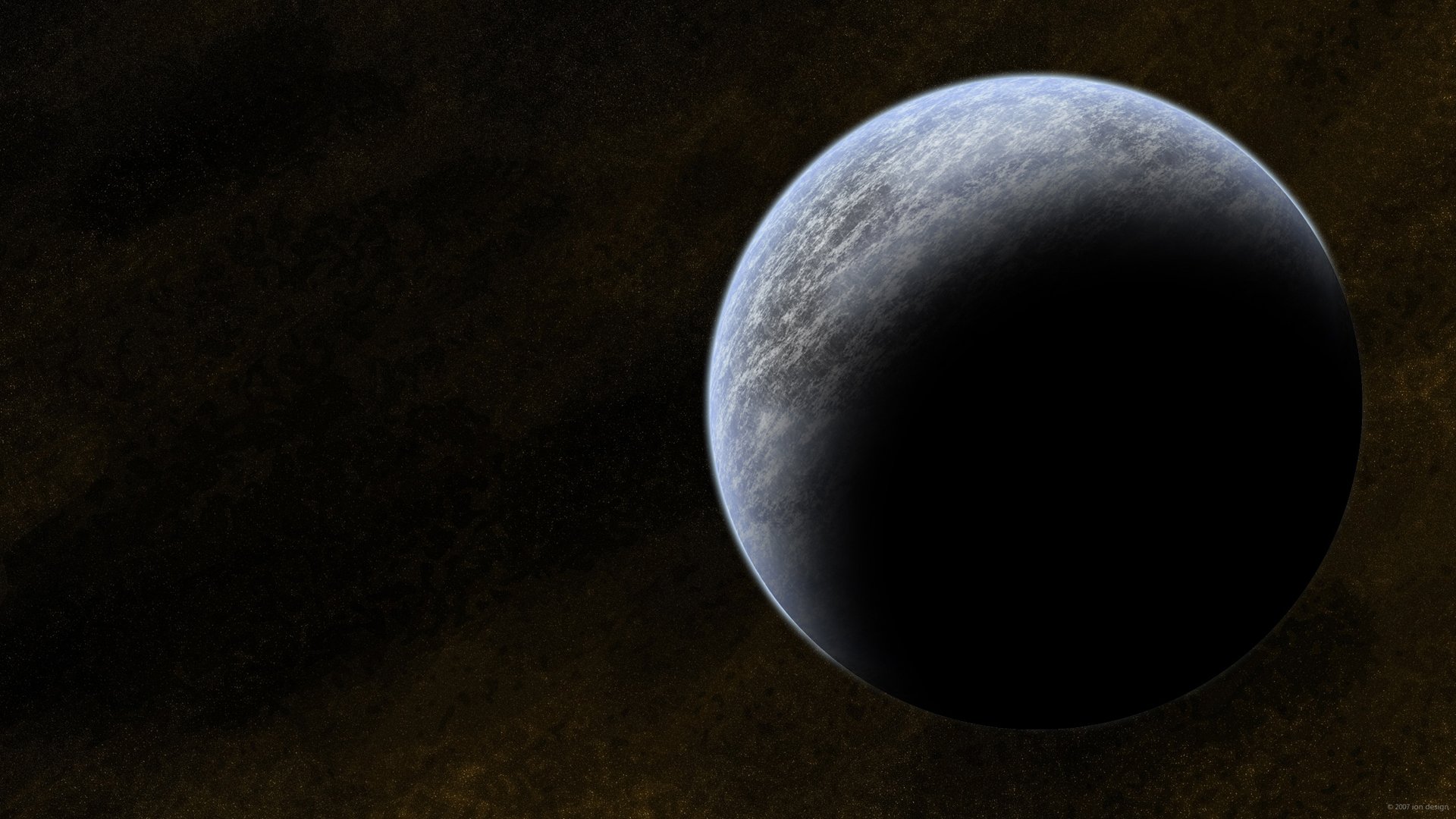
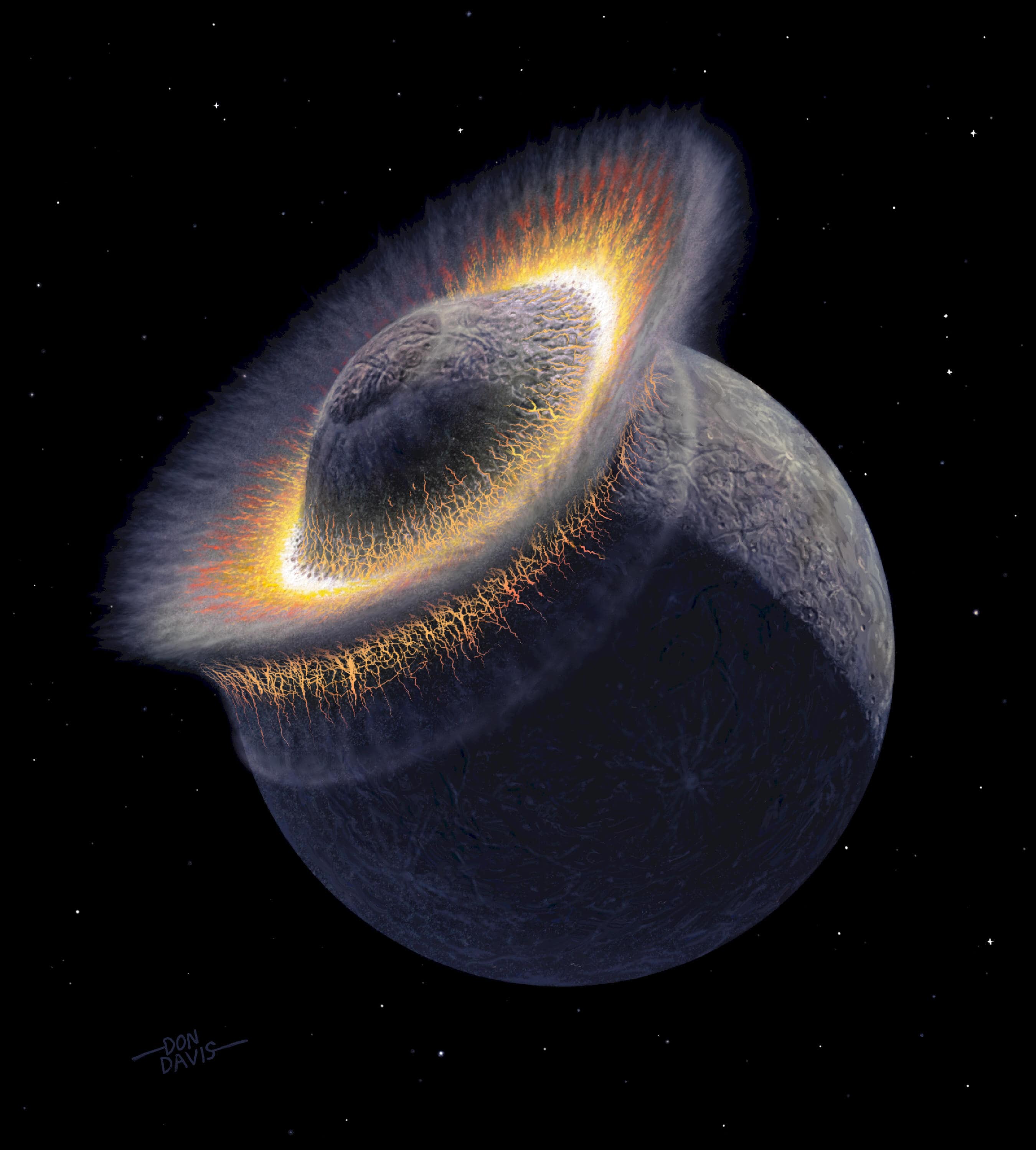
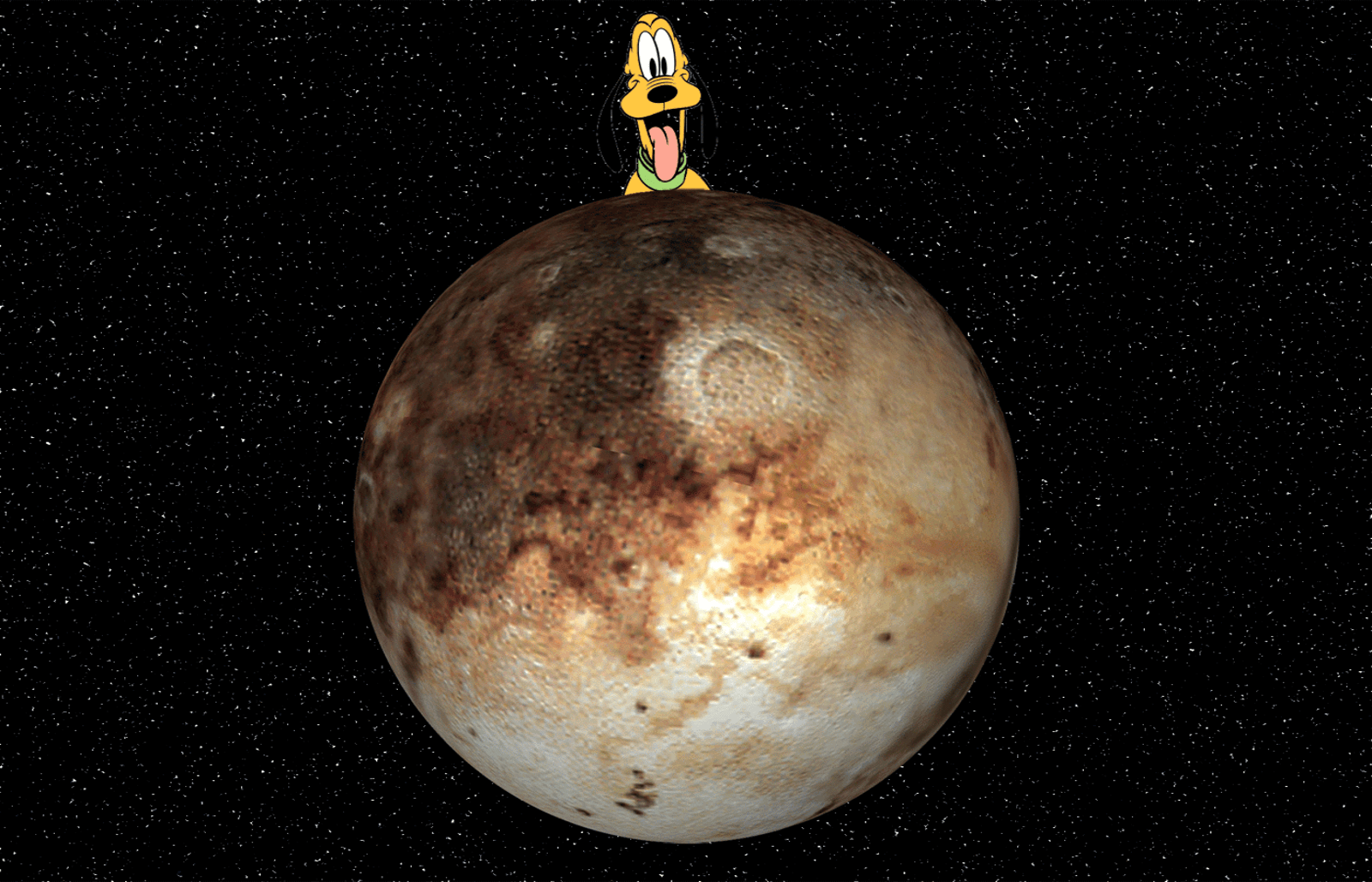
Pluto wallpapers for your PC, Android Device, Iphone or Tablet PC. If you want to download Pluto High Quality wallpapers for your desktop, please download this wallpapers above and click «set as desktop background». You can share this wallpaper in social networks, we will be very grateful to you.
Pluto – the dwarf planet in the Solar system (until August 2006, Pluto was the ninth planet). Opened in 1930. At the present time are aware of the existence of the five satellites of Pluto( Charon , Hydra, nix, Cerberus and Styx), and the largest is Charon, is large enough compared to the planet, so some astronomers consider the Pluto – Charon a double planetary system. Solar year of Pluto is about 250 years. The sun in the sky shines in 1600 times fainter than on Earth. However, it illuminates the planet as 275 full Months.
- The average distance from the Sun – 5913 million km.
- The minimum distance from the Sun – 4425 million km
- The maximum distance from the Sun – 7375 million km
- The Equatorial diameter is 2390 km
- The average speed of the orbital motion – 4.7 km/s
- Period of rotation around the axis – 6 days and 8 hours.
- Period of rotation around the Sun – 247,7 years
- Known associates 3
- Part of the mass of the Earth – 0,002
- Part of the volume of the Earth is 0.005
- The average density is 2.1 g/cm3
- The average temperature of -230°C
- Axis – 122,5°
- The deviation of the orbit relative to the Ecliptic – 17,15°
THE DISCOVERY OF THE PLANET
In the 80-ies of the XIX century astronomers searched for “Planet X”, whose orbit was supposed to be at a distance of about 50-100.. from the Sun and influence proposed changes in the orbit of Uranus, which cannot be attributed to only one Neptune.
Percival Lowell, famous for his studies of Mars, has devoted 14 years of his search for “Planet X”, but he was not able to detect. Only on March 13, 1930 young assistant Flagstaffs Observatory (founded by Louella) Clyde Tombaugh was finally able to announce to the world the news about the discovery of a new planet, which was only a distance of 6° from the proposed Louella the place. Today, however, it is clear that the small mass of Pluto may not have a noticeable effect of gravity on Uranus and Neptune, uneven movement in the orbit of these two planets is probably connected with incorrect calculations.
The new planet was named Pluto in honor of the God of the underworld of the dead. The name was chosen also due to the fact that his first two letters matched the initials of Percival Lowell. After analyzing all the facts, astronomers realized that Pluto was photographed at least twice at Lowell Observatory during the life of the scientist and 14 times in other observatories. Even then, these observations have allowed to accurately determine its orbit.
The satellite of Pluto Charon was opened in 1978, Hydra and nix in 2005, Kerber in 2011, and Styx in 2012.
ORBIT
The average distance of Pluto from the Sun is 5,913 million km, or 39,53. a. but due to the large orbital eccentricity (0.249 V.), eccentricity changes from 4,425 to 7,375 million km (29,6—to 49.3. a.). Sunlight goes to Pluto for about five hours, respectively, about the same you will need the radio waves to go from Earth to the spacecraft near Pluto. Pluto’s orbit is characterized by the fact that part of it is closer to the Sun than the orbit of Neptune. The result is that sometimes Pluto approaches closer to the Sun than the eighth planet (it was, for example, since February 7, 1979 to February 10, 1999). Thus, the orbits of Pluto and Neptune do not intersect, since Pluto’s orbit is inclined to the plane of the Ecliptic by 17.15°. In addition, the orbital period of Pluto is equal to 247,69 years. For two full rotations of Pluto around the Sun, Neptune makes three. As a result, Pluto and Neptune never zoom in closer than 17. .
PHYSICAL CHARACTERISTICS
Pluto, having an apparent magnitude of 15.3, just looks like a weak point light to even the largest terrestrial telescopes. In the mid-1990s, the Hubble space telescope obtained the first images of the surface of Pluto, which is markedly bright and dark spots. The rotation axis of Pluto is inclined to the orbital plane at 122.5°; thus, Pluto, and Uranus rotates “lying on its side”. The diameter of Pluto is equal to 2274±16 km — approximately 2/3 of the diameter of the moon.
Pluto and Charon
The planet is the sparse atmosphere, the density and the thickness of which varies greatly depending on the distance to the Sun. The atmosphere was opened in 1988 with the passage of Pluto in front of the star. Most likely, the atmosphere exists only when Pluto is at its closest point to the Sun on atmospheric gases freeze. Recent observations show that despite the fact that Pluto passed perihelion in 1989 and is removed from the Sun, the pressure of the atmosphere continues to grow. Probably, the process of evaporation of the frozen gases has a certain inertia. Apparently, the atmosphere constitutes the nitrogen with impurities of carbon dioxide and methane. The pressure of the atmosphere is evaluated from a few tenths to a few McNamara mkramar.
The surface of Pluto in the pictures looks a little reddish, maybe because of the presence of organic compounds formed of nitrogen, methane and carbon monoxide. Its albedo (the reflectivity) varies from 0.3 to 0.5. The shots of the telescope. Hubble visible polar cap, probably from the frozen nitrogen. More dark areas, probably covered with methane frost, darkened by exposure to solar radiation. On the planet also discovered ethane. The alternation of light and dark areas pokusu seasonal distribution of frost on the surface of Pluto, although some of them may be associated with topographic features, e.g. craters. The planet’s core is probably made of silicates, can be quite large — with a radius of up to 885 km. That would explain the relatively high density of the planet is 2.1 g/cm3. The mass of the planet is approximately equal to 1.27*1022 kg (0.002 mass of the Earth). The acceleration of gravity on Pluto — 0,66 m/S2 (6.7% of earth), the second cosmic velocity on the surface of the planet is equal to 1100 m/sec.
Pluto gets 1600 times less sunlight than Earth. The surface temperature of Pluto ranges from 37 to 63 K (-210 -236 °C ), warmer is a dark region.
THE MOONS OF PLUTO
Pluto and its moons: Charon, Hydra, nix
In 1978 opened a satellite of Pluto – Charon, which is from the planet at a distance of 19640 km. Charon goes around Pluto every 6.4 days (rotation period of Pluto) that is unlike any other satellite. Every five years there is a mutual shading between Pluto and Charon. The diameter of Charon is 1205 km, which is half the diameter of Pluto, and the mass ratio is 1:8. For comparison, the ratio of mass of moon and Earth is 1:81.
Pluto and Charon are substantially different color.According eclipses preliminary albedo map of Pluto. The surface of Charon, reflects light worse than Pluto, it is 30% darker . It is believed that Charon, unlike Pluto, covered with a thick layer of water that froze.
The moons of Pluto, Hydra (S/2005 P1) and nix (S/2005 P2), was opened in may 2005 with the Hubble space telescope. They are much less of Charon in size, about 100-150 km and the Mass of each of the satellites is about 300 times smaller than the mass of Charon. Hydra is located at a distance of 65,000 km from Pluto, nix — about 50 000 km.
Telescope “Hubble” in 2011-2012 revealed 2 satellites of the dwarf planet. In June 2011 Sputnik – S/2011 P1. He was given the temporary designation P4. According to preliminary estimates, the diameter of the satellite is from 13 to 34 km. on 2 July 2013 he was given the name Cerberus.
Jul 11, 2012 announced the opening of a satellite – P5 or S/2012 (134340) 1. The outer diameter of the body ranges from 15 to 24 km. 2 Jul 2013 the satellite was named Styx.

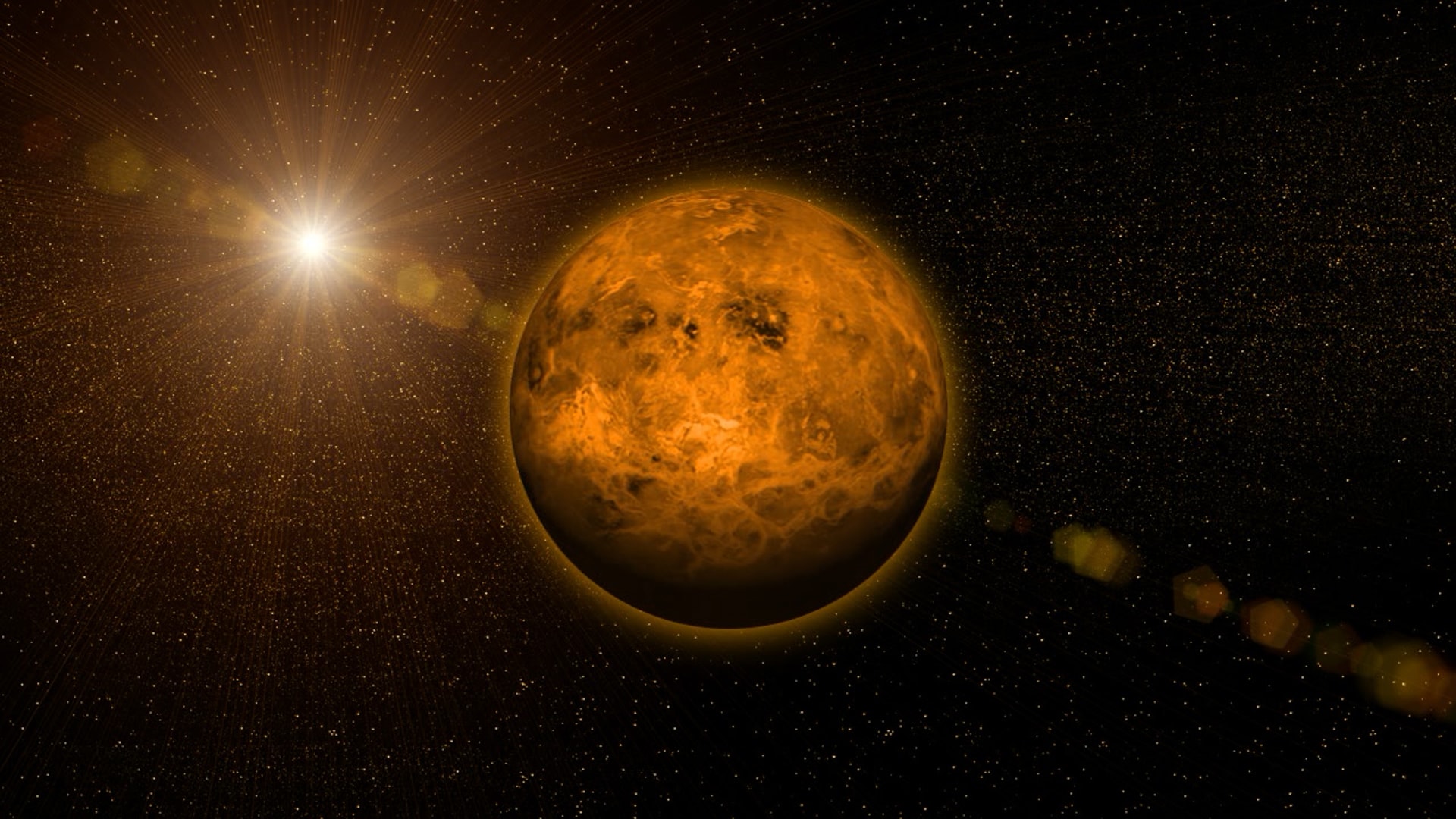
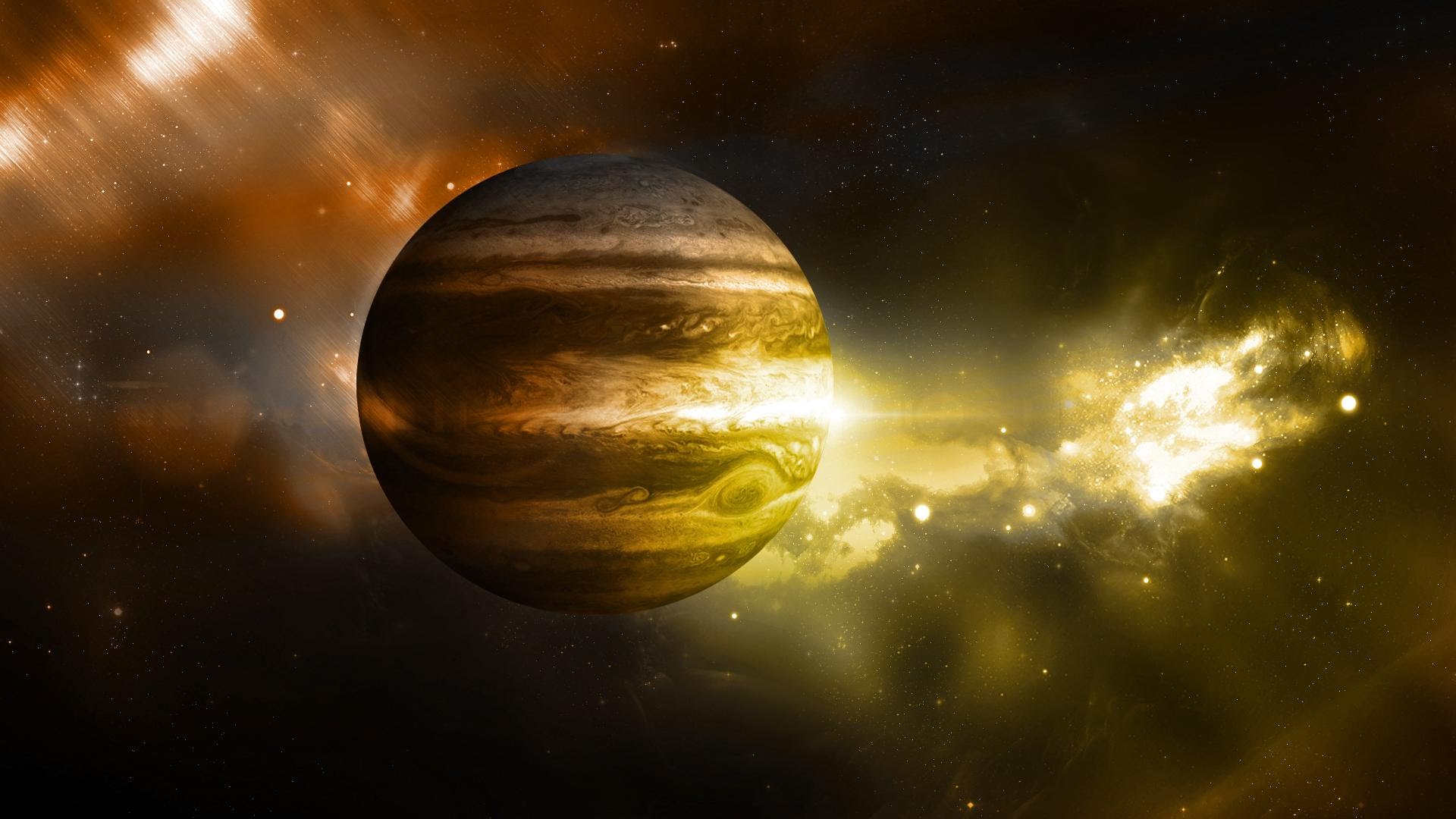


No Comment